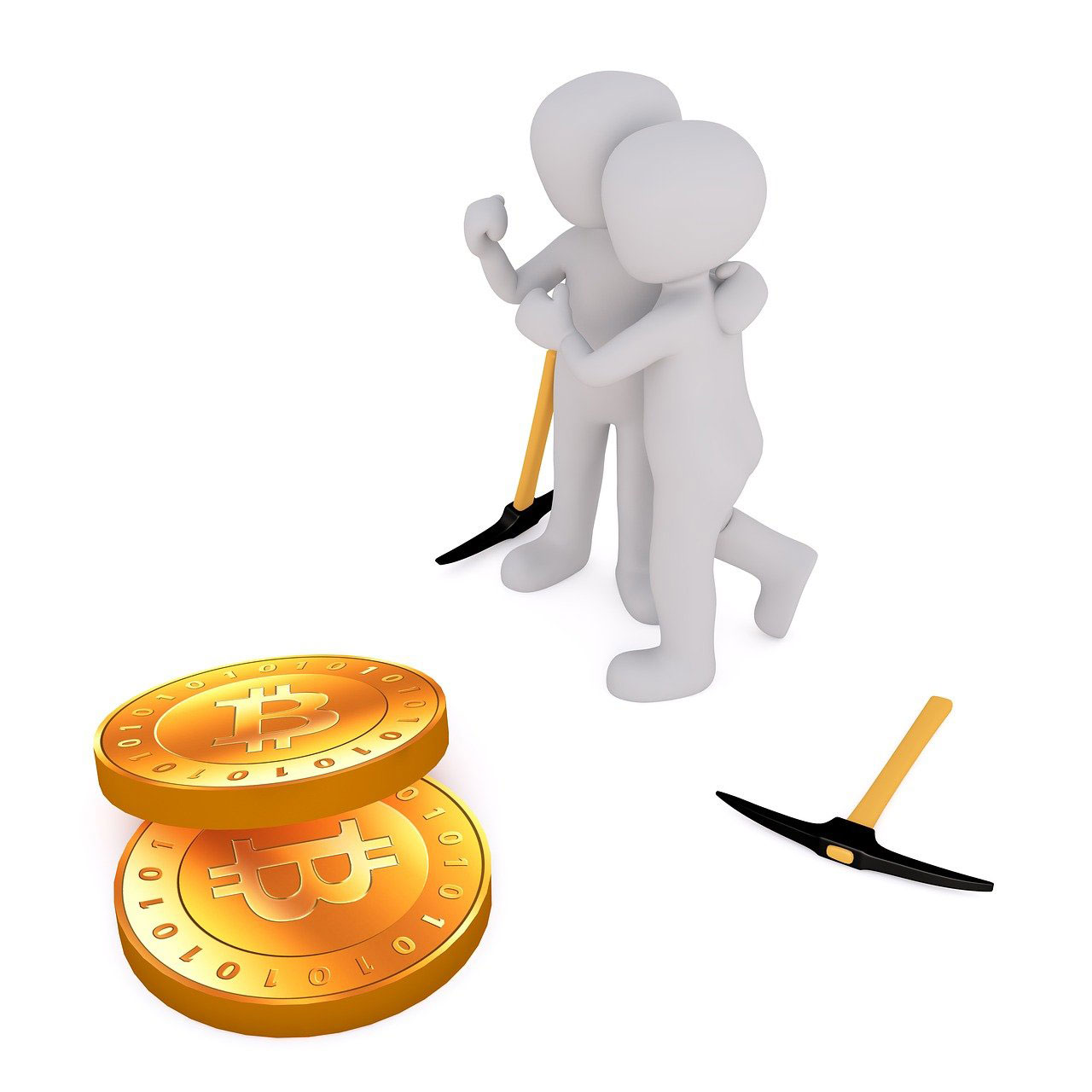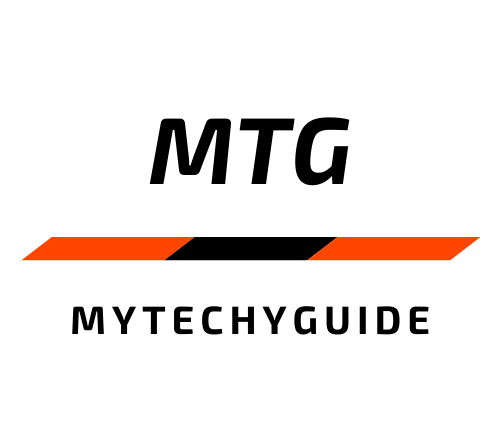Bitcoin was the first digital coin, and it continues to be the most popular cryptocurrency today. But how do you get it? Well, there are three options. The first one is buying it from others in a market, and the second one is receiving it as a payment for goods or services.
These two let you get started quickly as you start monitoring the Bitcoin price and trading right away.

The third one, and the most exciting, is mining. This obviously involves creating new coins, but that’s how far the simplicity goes. So how does the whole process work? We’ll look at the details below.
What is Bitcoin Mining?
In simple terms, Bitcoin mining is the process by which new bitcoins are created and added to the network. This operation entails verifying fresh transactions against the blockchain, with miners receiving newly minted bitcoins as compensation for their efforts once successful verification occurs.
However, this is no simple feat – it involves solving complex math problems, which increase in difficulty over time. And even if you do manage to crack these puzzles, there’s also an ultimately finite number of bitcoins that can exist – only 21 million total. As of May 2023 nearly 19.2 million have already been mined.
Also Read: NFT Marketplaces: Features, Development, Monetization
How Does Bitcoin Mining Work?
To better understand how Bitcoin mining works in practice, imagine blocks connected together like links in a chain (e.g., A-B-C). Each of these blocks consists several parts:
- The Previous hash: This attribute stores the value of the hash of the previous block, creating a chain.
- Data: This is a set of transactions that have been included in the specific block.
- Nonce: This is a random value, the mathematical problem solved during mining. The process is called Proof of Work (PoW).
- Hash: This is the digital signature of the block. It is obtained by passing the previous hash, data, and nonce through SHA-256, which produces a 256-bit alphanumeric value.
Now, to add a new block, miners are required. So how is it added?
The whole thing starts with someone initiating a Bitcoin transaction. Since these transactions are available to the public, they are collected in a pool. From there, miners select a group and start solving for the nonce value. The miner or group that finds the value first then broadcasts it to other miners, who then verify it by doing the transaction using the value.
When verified, the new block is added to the blockchain, and the successful miner is rewarded with newly minted bitcoins. This is in addition to the transaction fees.
Also, read more about Metaverse to understand the crypto metaverse projects!
What do you need to Mine Bitcoin?
To mine Bitcoin, you would need several resources:
- Hardware: Today, Bitcoin is mined through specialized hardware known as ASIC (Application-Specific Integrated Circuit). This is generally referred to as the mining rig.
- Mining software: You will need specialized software to help your rig communicate with the network. Most of it is free.
- Wallet: You will need a wallet to receive and store the Bitcoin you receive.
Additionally, you will need a stable internet connection and a whole lot of electricity. Actually, the amount of electricity required is what puts off many potential miners, as the cost may offset any gains.
On top of that, it’s important to note that the price of mining Bitcoin is halved after some time to lower the inflation rate. This happens after every 210,000 blocks have been mined, approximately every four years. The current price is 6.25 bitcoins per block. On top of that, the complexity of Bitcoin problems increases as competition increases.
Also Read: Buying Guide for Cheap Gaming Laptops
So Can You Make Money Mining?
Well, that depends. To make money mining Bitcoin, you will need to find a way to lower the cost of electricity. This means using more efficient but powerful rigs and preferably operating in an area with a low cost of electricity. You can also join a mining pool to increase the chances of earning consistent rewards as miners combine their computing power.
But just like any other investment, ensure you conduct thorough research, analyze the current market conditions, and assess the financial feasibility and potential risks associated with the process.
